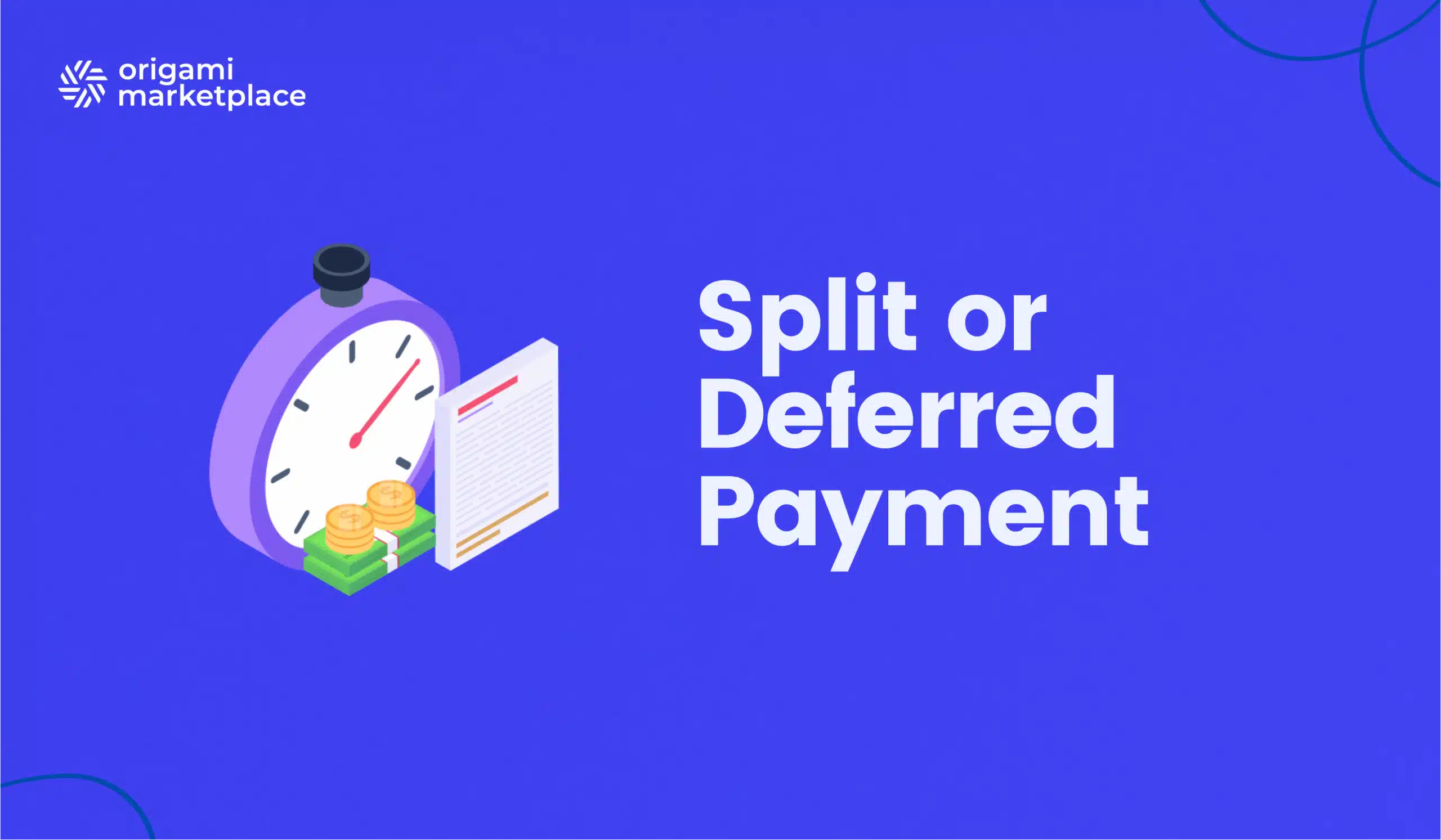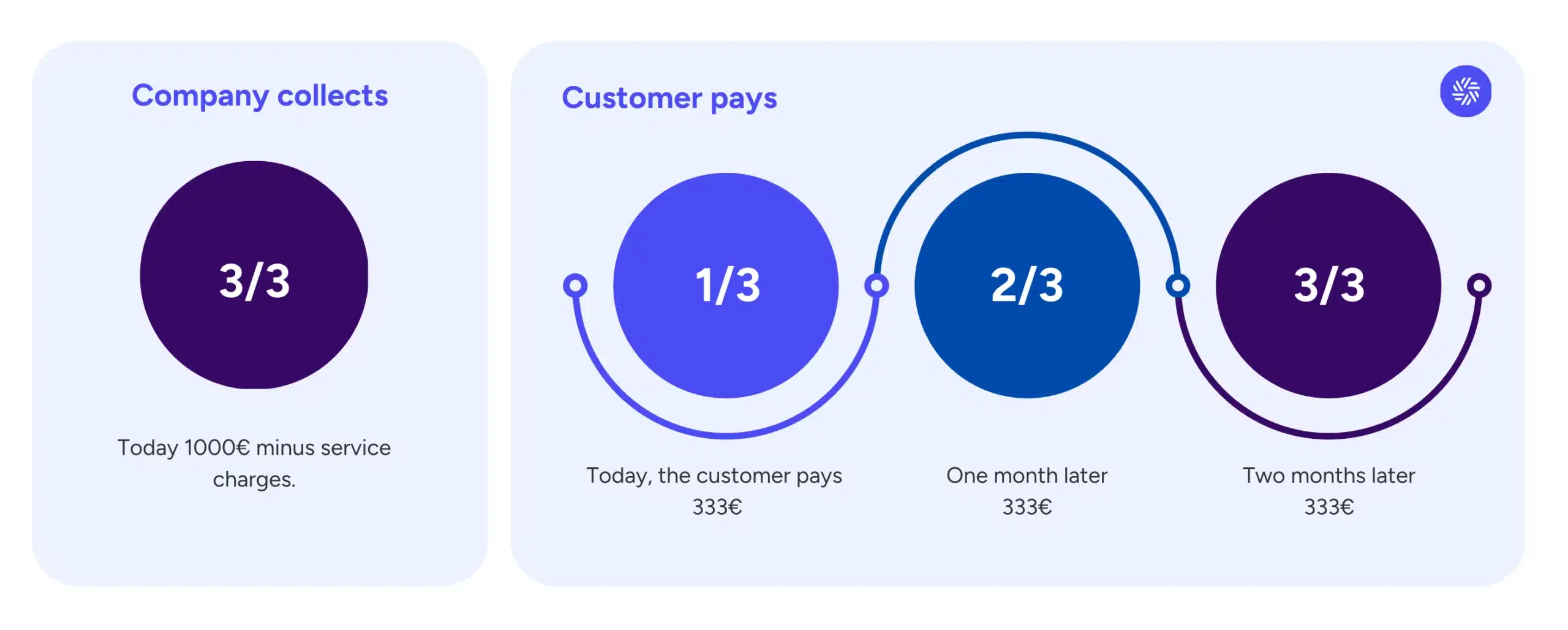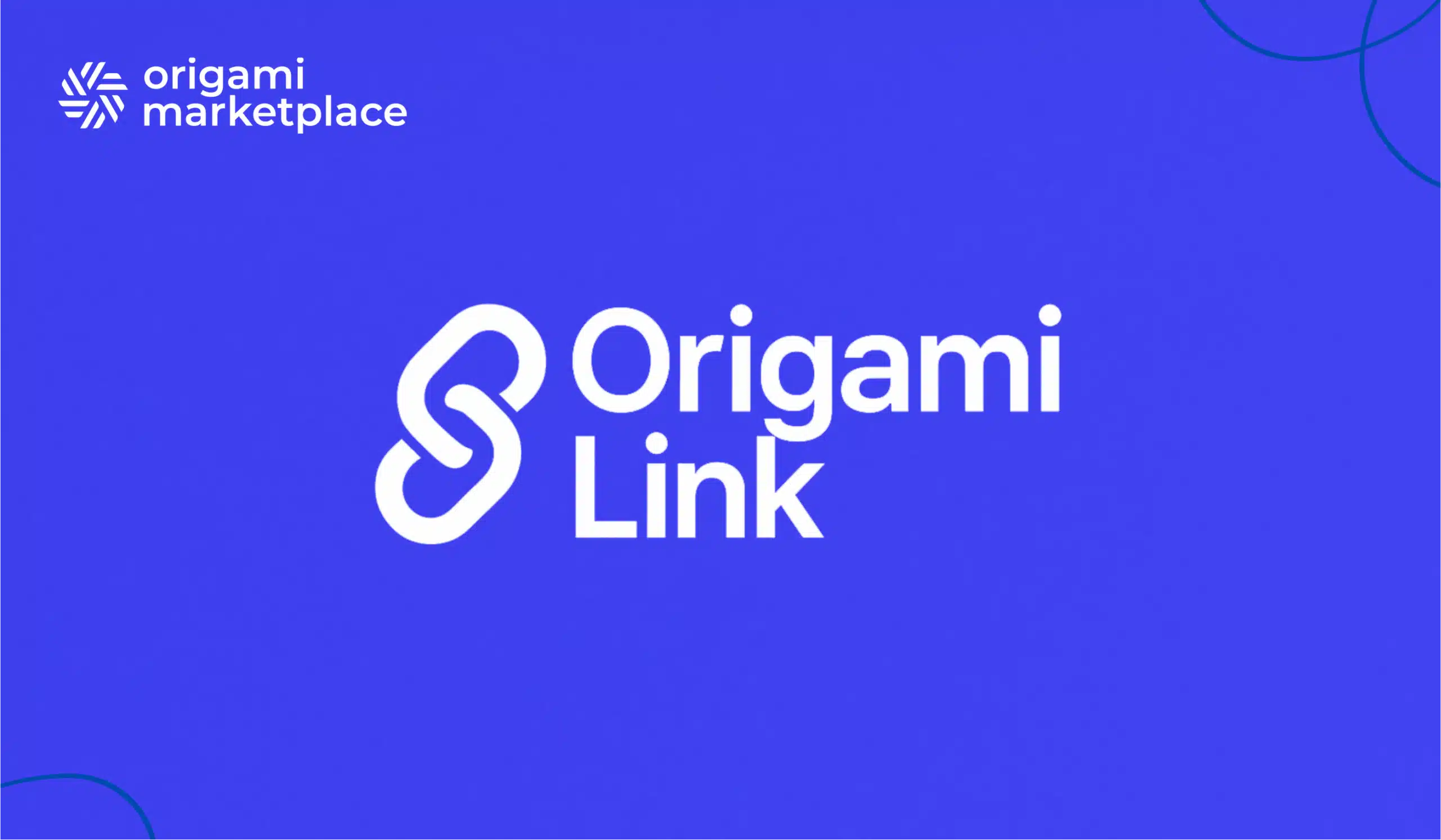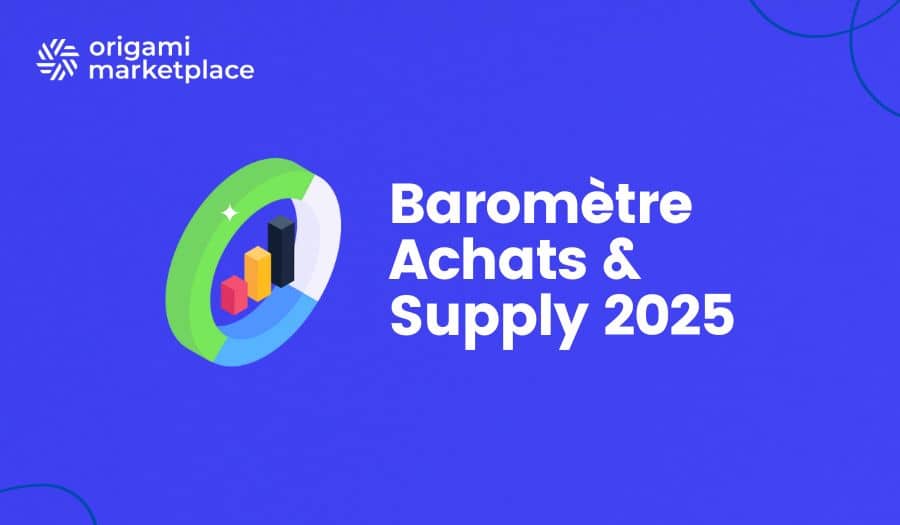Split or Deferred Payment – The B2B Marketplace Guide
- Arnaud
- 6 minutes reading

Deferred and split payment is a highly sought-after feature in B2B transactions as it offers essential flexibility for businesses, allowing them to manage their cash flow while maintaining consistent purchasing. This option helps your clients optimize their cash flow without disrupting their operations.
Discover how this feature can not only boost your sales but also enhance the satisfaction of your professional clients.
👋 No time to read the entire article? Find the summary here.
1. What is deferred or split payment?
Deferred payment allows your clients to buy immediately and postpone payment to a mutually agreed later date, while split payment enables them to pay for their orders in multiple installments over a specified period. These two payment solutions offer buyers flexibility, especially those needing to balance procurement needs with cash flow cycles.
Key features:
- Deferred payment: The buyer pays the total amount of the transaction on a predetermined future date (e.g., at the end of the month or quarter).
- Split payment: The total order amount is divided into several payments spread over time (monthly, quarterly, etc.).
2. Why offer deferred and split payment in a B2B marketplace?
B2B companies often face complex cash flow cycles constrained by payment terms or frequent procurement needs. Offering deferred and split payment solutions helps optimize the B2B buying journey and address these challenges while enhancing your competitiveness. Here’s why this feature is crucial:
Improved cash flow management for clients
Businesses can adjust their expenses based on available cash flow without disrupting their supply chain. Deferred or split payment allows them to order while delaying or spreading payments, which is particularly useful during periods of high demand or budget pressures.Increased customer loyalty
Providing this flexibility shows that you understand your clients’ financial challenges, thereby strengthening trust and long-term loyalty. A client who feels supported in their financial management is more likely to return for future purchases and remain loyal to your marketplace.Increased order volume
Clients are more likely to place larger or more frequent orders if they know they can defer or spread out payments. This feature helps maximize average order value and boost overall sales.
“It is recommended to mention the default legal payment deadline in your payment terms. In France, for example, this period is set at 30 days from the date of the transaction or receipt of goods. This clarity not only makes your practices transparent but also ensures compliance with legal obligations for B2B payments, building trust while protecting your business from payment delays.”

Alexandre Duquenoy
→ Connect with our B2B solutions expert.
3. The benefits of deferred payment for a B2B marketplace
Integrating deferred and split payment offers tangible advantages for your B2B marketplace, benefiting both you and your clients:
- Convenience and flexibility for buyers: By enabling businesses to tailor payments to their financial needs, they can better manage budgets without disrupting procurement.
- Increased transactions: The ability to defer payments encourages clients to make orders they might have otherwise delayed or reduced. This fosters better transaction continuity and sales growth.
- Accelerated decision-making process: When a buyer knows they can spread or delay payments, they are more likely to make a quick purchase decision, shortening the sales cycle.

4. How to integrate deferred and split payment in a B2B marketplace?
To fully capitalize on deferred and split payment, you need to follow key steps to ensure effective implementation:
Identify your clients’ needs
Analyze client purchasing behaviors and cash flow cycles to pinpoint segments that would benefit the most from deferred and split payments. Businesses placing regular or large orders or those operating in sectors with extended payment terms are often the most interested in these solutions.Implement suitable payment solutions
Choose a payment management solution that automates the processes associated with deferred and split payments. Ensure that this solution integrates seamlessly with your marketplace and accounting systems.Monitor and manage deadlines
Allow your clients to easily track their deferred or split payments through a dedicated dashboard. This dashboard should provide a clear view of payment due dates with automatic reminders to prevent delays. You should also internally monitor payment statuses for optimal cash flow management.Tailor conditions based on client profiles
It’s recommended to customize payment options based on each client’s profile. For instance, you can offer more advantageous conditions to trusted clients with a consistent payment history. This strengthens relationships with top clients while minimizing risk for your business.
Download our free requirement specification template
Access essential functionalities to successfully build your C2C, B2C, or B2B marketplace. This simple-to-use backlog template will support you at every project stage.
5. Examples of use cases in B2B
Industrial equipment suppliers
An industrial equipment supplier can offer a 60-day deferred payment to regular clients, allowing them to receive needed machinery or tools immediately but pay at the end of their billing cycle.Food wholesalers
Wholesalers supplying perishable goods to restaurants or food chains can offer split payment, allowing clients to pay in three installments over the product’s lifespan, ensuring smoother cash flow management.B2B SaaS service providers
For an annual SaaS subscription, a business can offer split payment, allowing clients to pay in four quarterly installments instead of a lump sum at subscription.
Deferred and split payment is an essential feature for any B2B marketplace aiming to offer clients more flexibility while increasing sales and client retention. This option streamlines transactions, helps businesses better manage cash flow, and simplifies purchase decisions.
To integrate this feature effectively, opt for a scalable solution such as Origami Marketplace, which offers comprehensive tools to manage deferred, split payments, and other strategic features like Punchout or quote management for an even more powerful B2B marketplace tailored to your clients’ needs. If you wish to discuss this topic or your professional needs, our team is at your disposal.
Key takeaways:
- Split and deferred payment is a strategic solution for B2B marketplaces. These options allow businesses to buy now and pay later (deferred payment) or in multiple installments (split payment), aiding cash flow management.
The benefits include:
- Improved cash flow management for clients.
- Strengthened customer loyalty and trust.
- Increased order volume through payment flexibility.
To integrate these solutions effectively, tailor options based on client profiles and offer simplified deadline management.
Discover how the Origami Marketplace API and its partner network can transform your business, regardless of size, with its innovative marketplace model.



